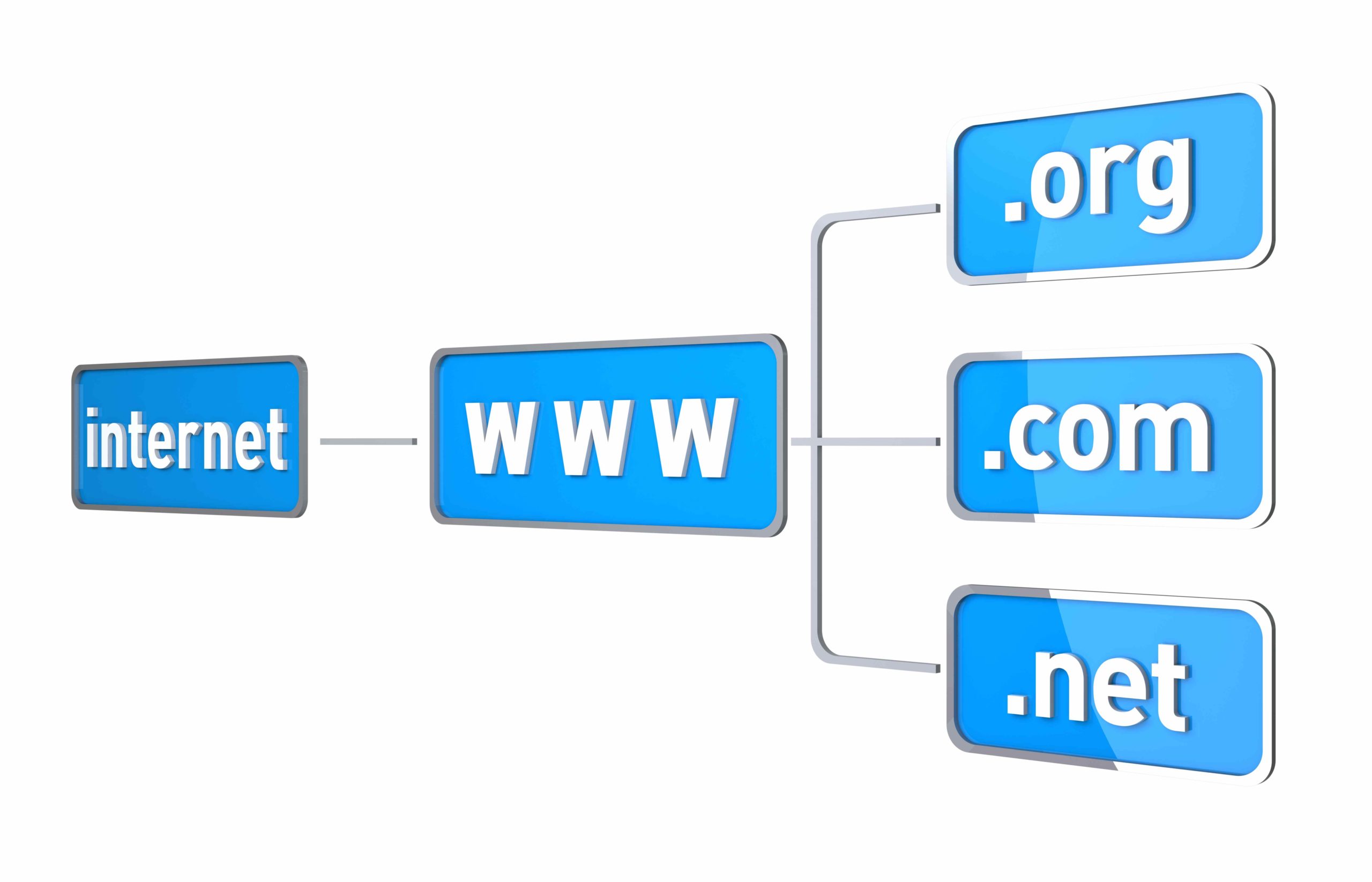
In the digital world, terms like “domain” and “URL” are frequently used, often interchangeably. However, they represent distinct elements of web addresses.
Understanding the differences between them is fundamental to navigating the internet and building an online presence. Let’s delve into what sets a domain apart from a URL.
Key Takeaways
- A domain serves as a unique identifier for a website, while a URL represents the full web address of a specific online resource.
- Domain names consist of a domain name and a top-level domain (TLD) and may contain subdomains, while URLs include the path, domain name (or IP address), and optional components.
- Domain names are designed for easy recognition and are text-based, user-friendly, and memorable, while URLs are less user-friendly due to their technical components.
- Domain registration must be done by an accredited domain name registrar, whereas URLs are built based on server structure.
What is a Domain Name?
A domain name is a key element of the internet’s navigational system, known as the domain name system (DNS). The DNS, a vast directory of sorts, links domain names to IP addresses, enabling easy location of specific websites on the internet.
A domain name comprises two main components: the top-level domain (TLD) and the second-level domain (SLD), often referred to as domain extensions. These elements help to categorize and identify the website.
Registering a domain name with a domain registrar is a process that ensures its uniqueness, preventing others from using the same domain. Establishing a strong online presence and creating a unique identity in the digital landscape is essential to stand out from the crowd and succeed. The choice of a domain name can have significant implications for branding and recognition. (read this article to learn how to choose the right domain name)
Parts of Domain Name
Understanding the structure of a domain is crucial. Primarily, a domain can be broken down into two main parts. The first part is the top-level domain (TLD), and the secondary part can include one or more subdomains, if they’re used.
Top-level Domain
The top-level domain, often referred to as the TLD, is a significant aspect of the domain structure. It’s the last segment of a domain name, typically found after the last dot (e.g., “.com” in www.yoursite.com).
There are two main types of TLDs: generic top-level domains (gTLDs) and country-code top-level domains (ccTLDs).
Generic Top-Level Domains (gTLDs) are the most recognized and commonly used TLDs. They include .com, .net, .org, and so on.
Country-Code Top-Level Domains (ccTLDs) are two-letter TLDs that are associated with a specific country or territory, such as .ro for Romania, .pl for Poland and .es for Spain.
Your choice of TLD can impact your website’s visibility and credibility. Thats why we reccommend you to read our article Generic TLD Vs. Country Code TLD: Which Is the Better Option?
Subdomains
In addition to the TLD, a domain may also contain one or more subdomains. A subdomain is a prefix that you add to your main domain in order to create a different web address for a specific section or purpose within the overall website such as a blog or an online store. Website owners can easily manage different content sections like online stores, blogs, job boards, or support platforms, each with their own hierarchy.
For example, in the subdomain “blog.example.com,” “blog” is the subdomain name, and “example.com” is the main domain.
Subdomains can provide a range of SEO benefits. For instance, they can help with creating content that targets specific keywords or topics, reaching particular audiences, and showing expertise in particular areas.
What is an URL?
An URL, which stands for Uniform Resource Locator, is a web address that directs a browser to a specific website or resource on the internet. It consists of various elements, including the network communication protocol, a subdomain, a domain name, and its extension.
URLs are essential for accessing information like web servers and cloud storage, and they play a crucial role in improving user experience and SEO performance.
Parts of a URL
A typical URL includes the following parts:
- Scheme: Specifies the protocol used to access the resource, such as HTTP, HTTPS, FTP, etc.
- Domain: The unique address where the resource is located.
- Path: Specifies the specific location of the resource within the domain’s directory structure.
- Query Parameters: Additional data sent to the server to retrieve specific information.
- Fragment Identifier: Identifies a specific portion of the resource, often used in web pages to navigate to a particular section.
Here’s an example of a URL: https://www.yoursite.com/products/index.html?id=123#overview
Domain Name vs. URL: Key Differences
Many people often confuse the terms domain name and URL, thinking they’re the same. However, they refer to distinct aspects of a web address. Here are the key differences:
- A domain name consists of a domain name and a top-level domain (TLD) and may also contain subdomains, while a URL includes the protocol, domain name or IP address, file path, and optional components.
- A domain name is a human-readable address identifying web locations, while a URL is a full web address specifying web page locations.
- Domain registration must be done by an accredited domain name registrar, whereas URLs are not registered like domains but are built based on server structure.
- Domain names are text-based, user-friendly, and memorable, while URLs are less user-friendly since they include technical components.
Conclusion
While domain and URL are closely related concepts in web addressing, they serve different purposes and encompass distinct components. A domain name is essentially the identity of your website, whereas a URL is the precise address of a specific webpage.
It’s important to note that every URL includes a domain, but not every domain possesses its own URL.
Understanding these differences is crucial for web developers, digital marketers, and internet users alike, as it facilitates effective communication and navigation in the online realm.

































































